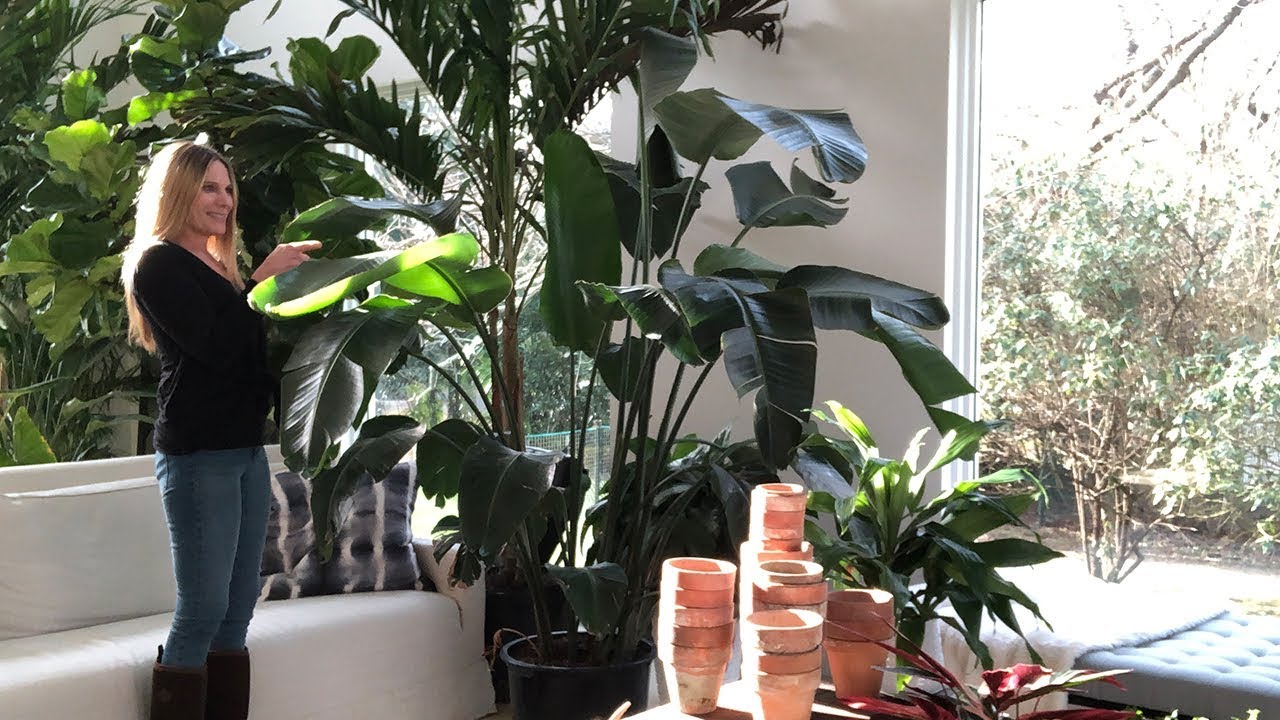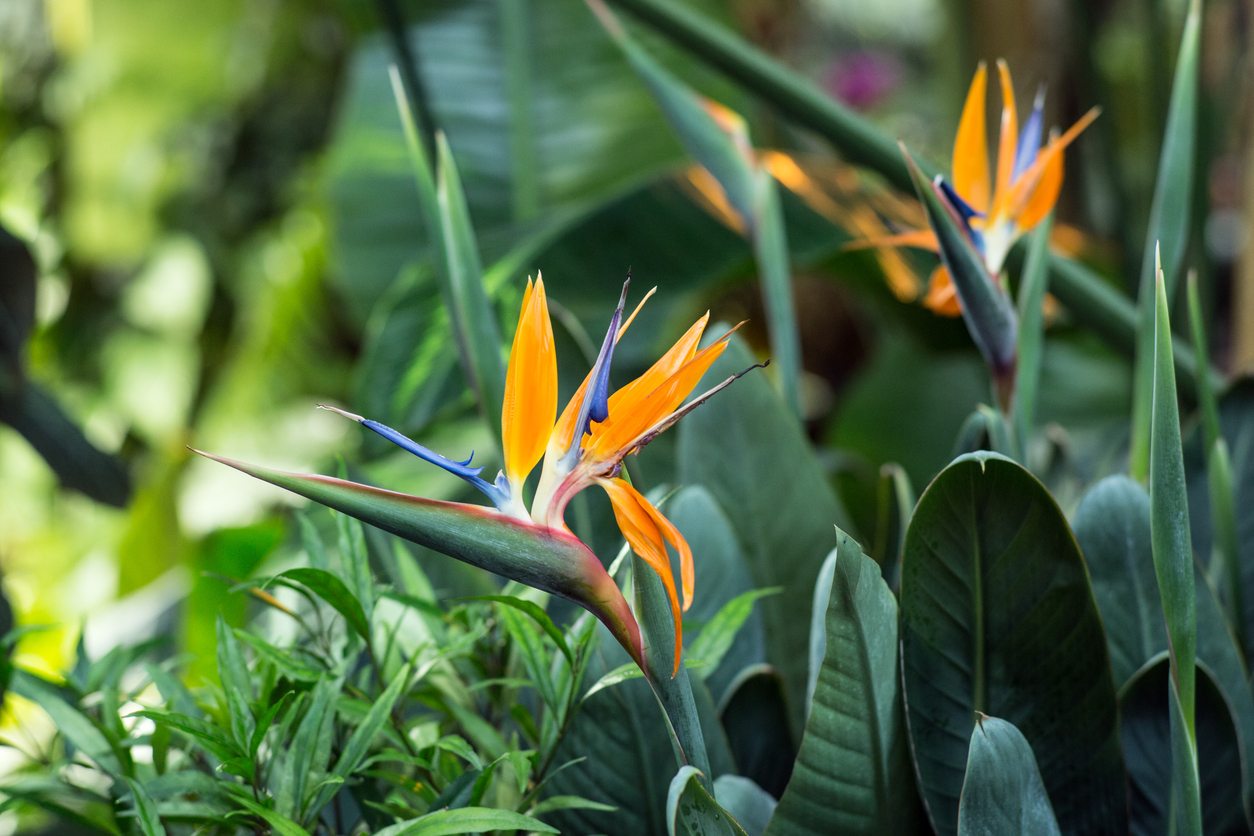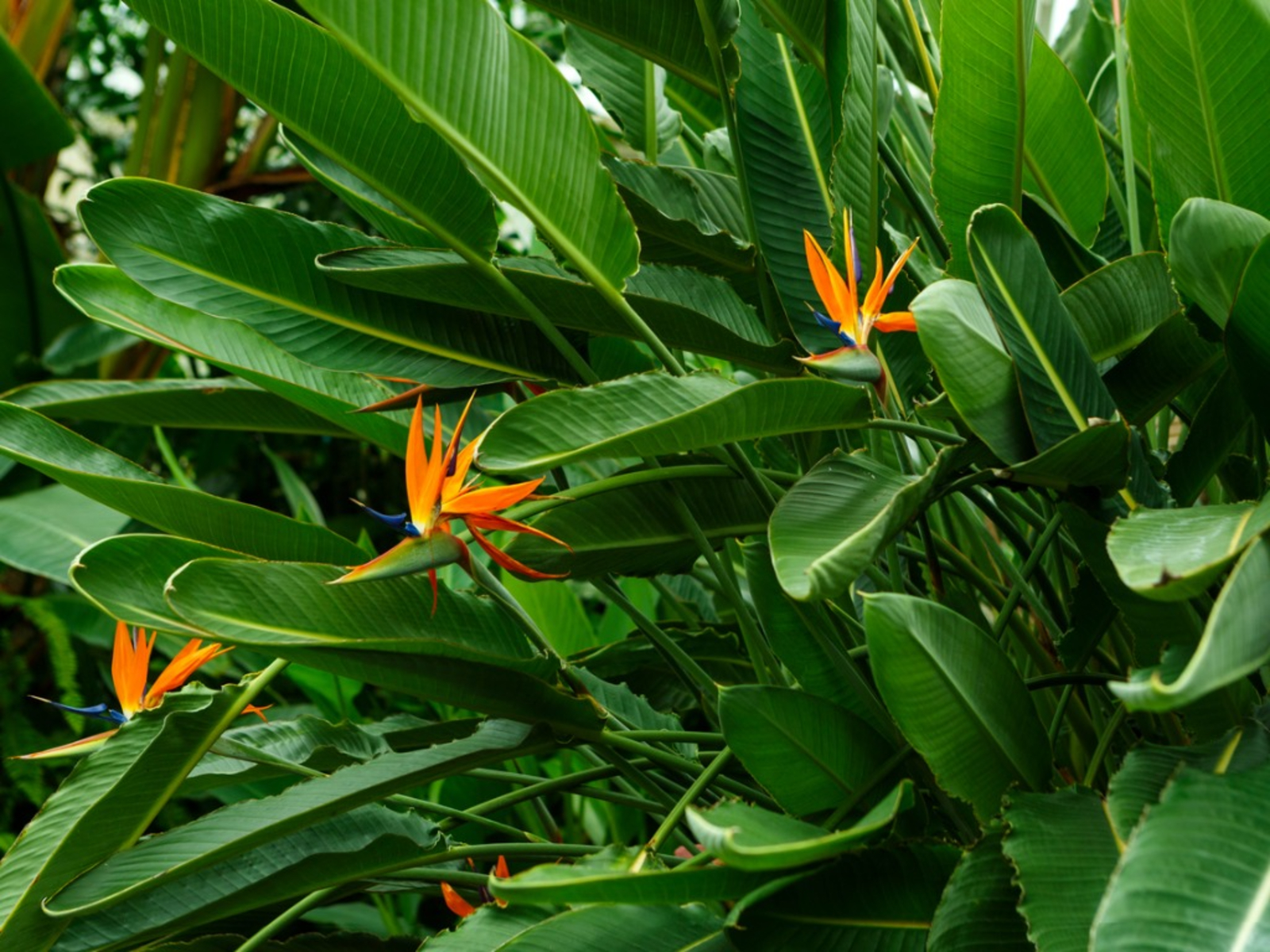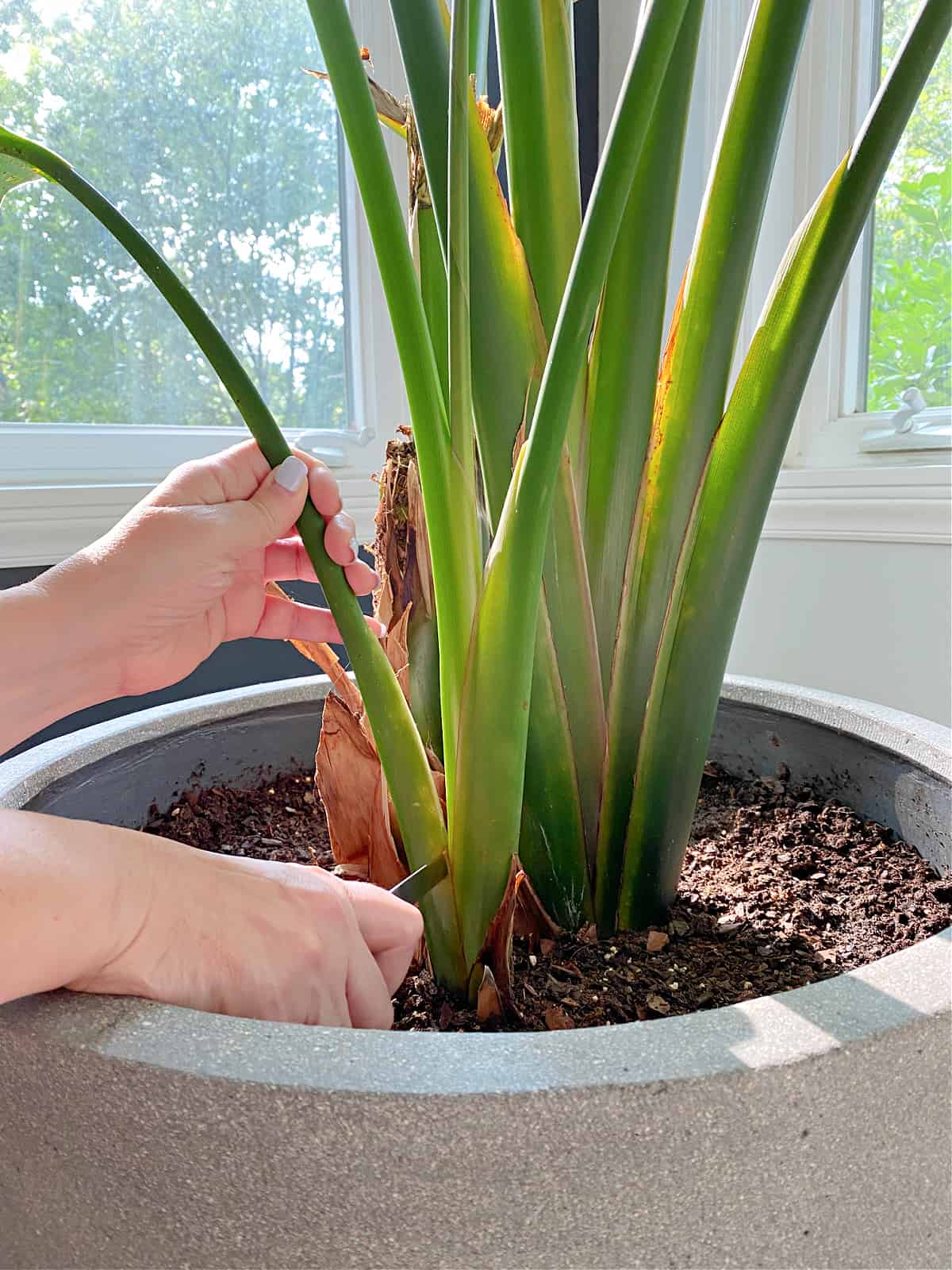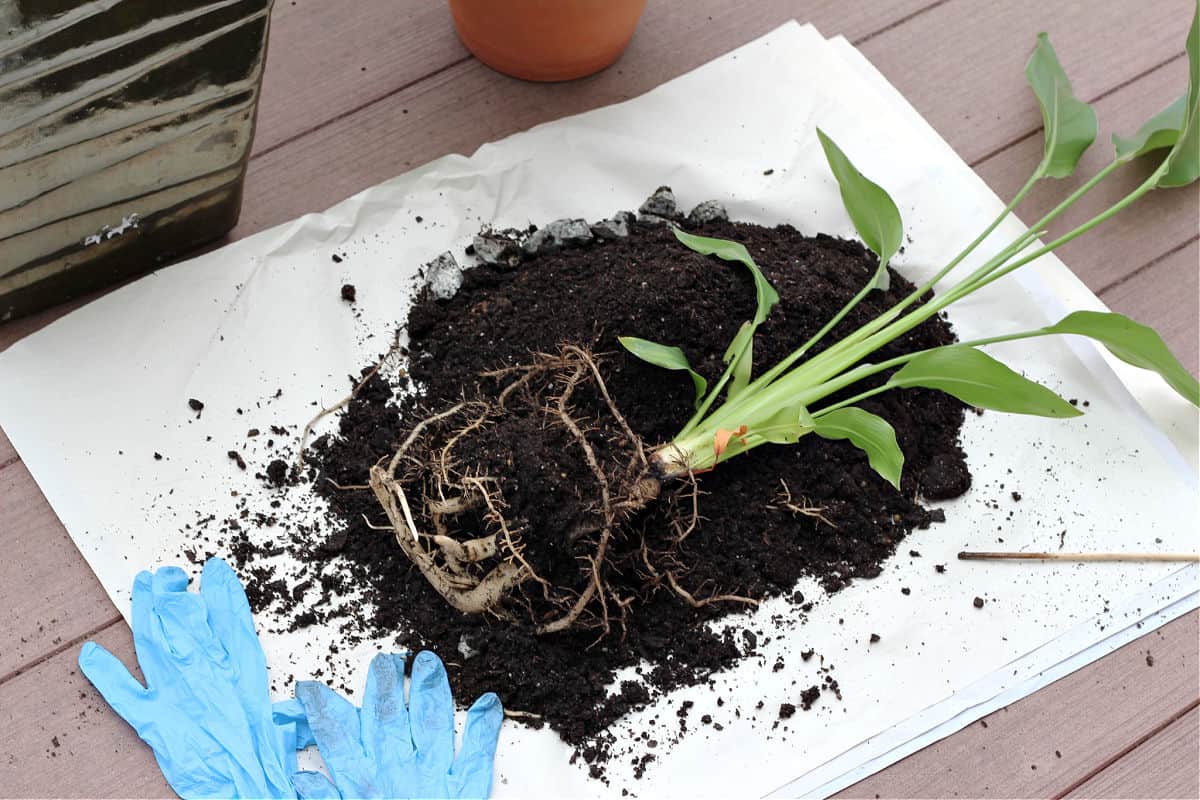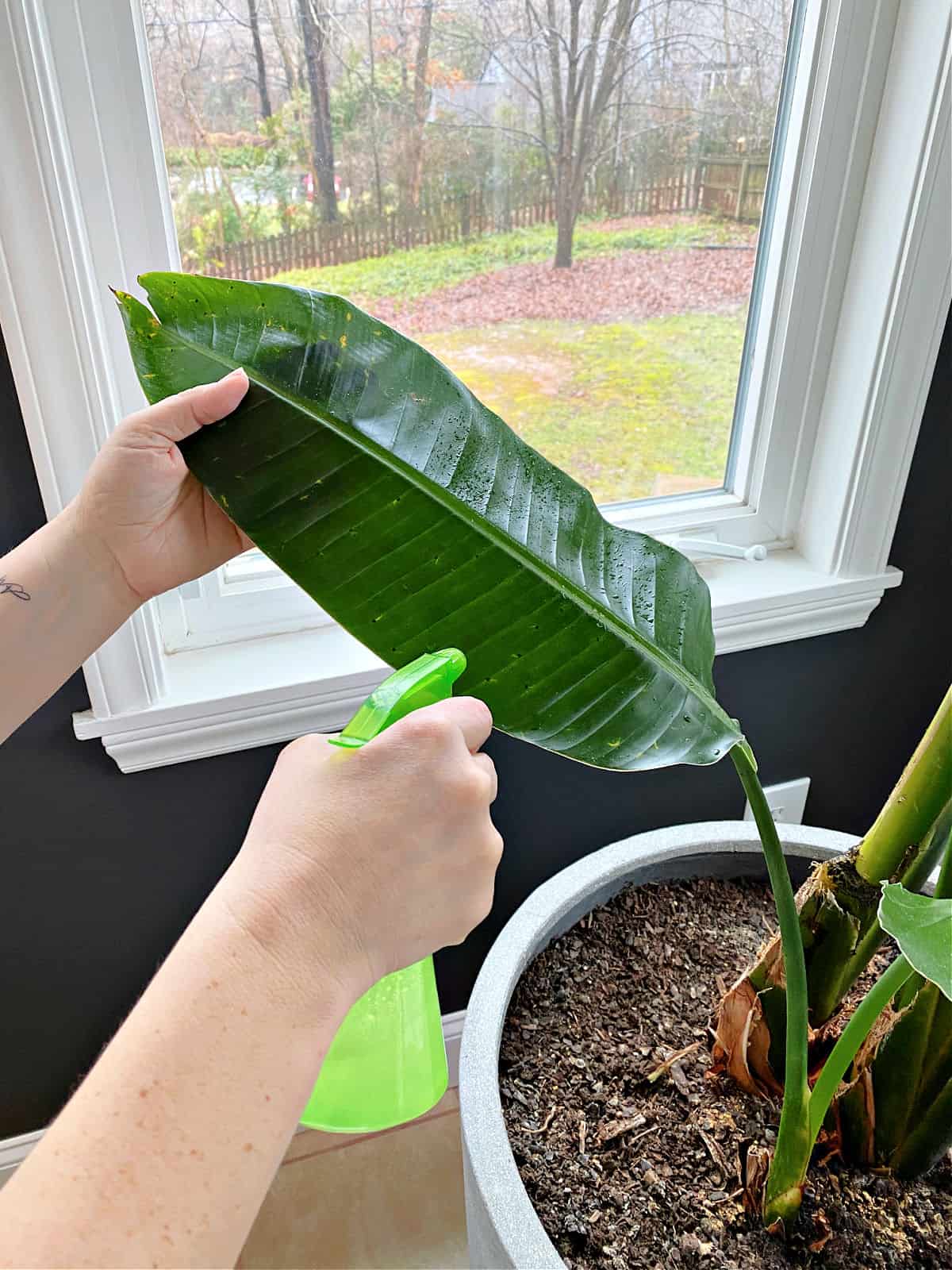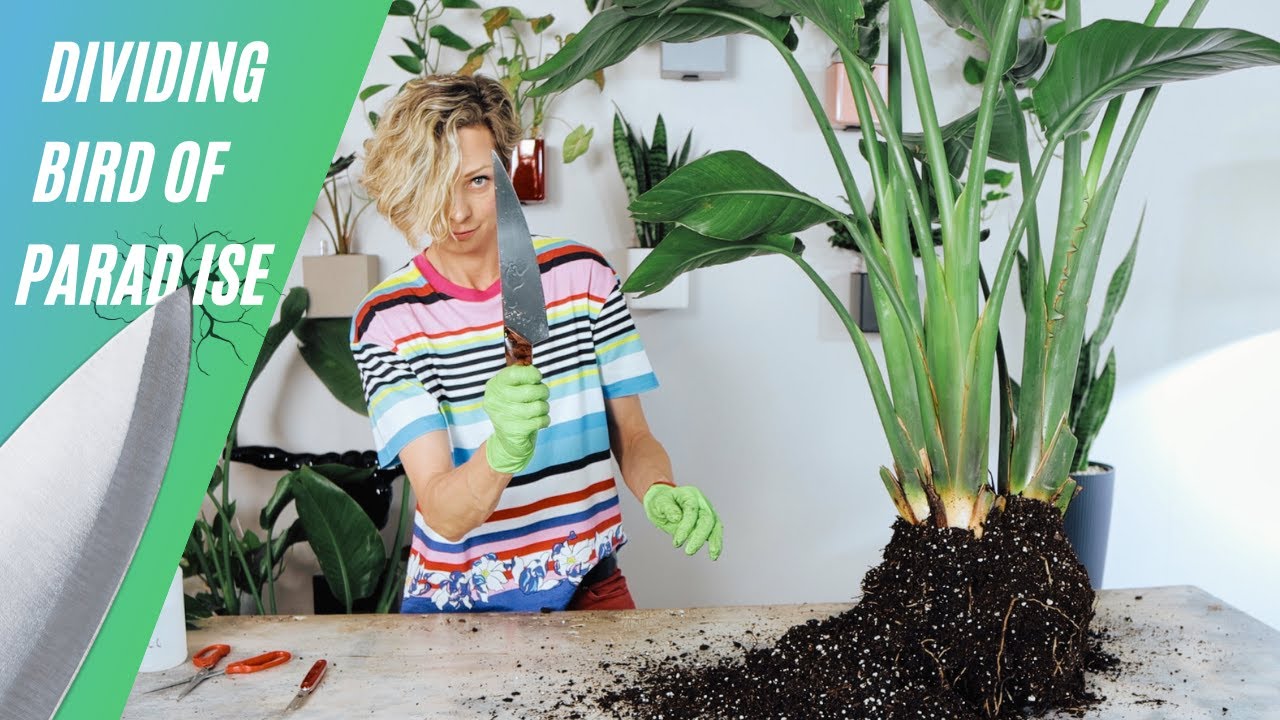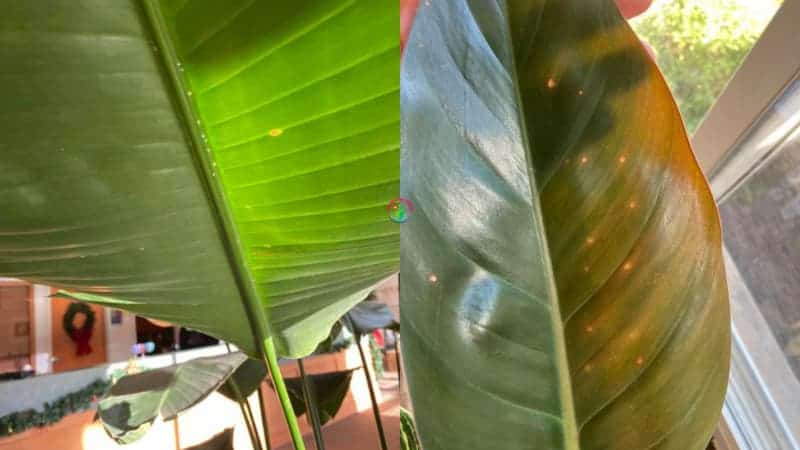In tropical countries, you might see a plant that looks like a banana tree, but actually, it is not. The white bird of paradise is a plant that has leaves-like banana plants from the stalks. It is everywhere in tropical countries as a large landscape plant because it gives shade.
The height of the plant is up to 20 feet tall when it hits mature age. They are standing on the soil with big roots. This plant is from South Africa and spreads widely in tropical countries. If you want to have one, here is a guide to growing and caring for the plant.
How to Grow and Care White Bird of Paradise
1. Watering
The process of watering
The plant has a sensitive root toward the watering process, so you have to be careful to do this. If you are putting the plant as indoor plants, then practice the wet and dry methods. The watering should be in a light amount of water and let the soil absorb the water until 1-inch depth only.
The type of water
You cannot use water with chemicals inside it. The plant is so sensitive to chemicals, especially tap water. The best water to use is filtered water, distilled water, and rainwater. After that, make sure the soil can drain the excess water to prevent rotten roots.
2. Fertilizing
The process of fertilizing
Fertilizing the white bird of paradise should be done twice a month or every two weeks. The spring season and summer are the best time to give some fertilizer to the plant. The amount of fertilizer should be moderate to avoid excessive amounts of residue that will harm the plant.
The type of fertilizer
You should choose the fertilizer that has a “salt-free” warning. The plant can’t hold enough NaCl, so it’s better to choose a fertilizer that has neutral pH. Mix the fertilizer with the water, and after that pour it into the soil. The soil must be dry from excessive watery fertilizer.
Also read: Peperomia Frost
3. Light exposure
The light exposure of this plant should be average like in a tropical climate. The white bird of paradise loves the sun and grows well in a full-sun climate. You can put the plant under the shade and it still grows well too as long as it is about 4-5 hours of exposure a day.
If you want to put the plant indoors, you have to make sure the place has sun exposure such as next to the window. The plant grows well in zone 10-11 which has direct sun. Less exposure to the plant will create yellowish leaves and the plant will not have beautiful flowers during the blooming period.
4. Temperature
The plant survives well in tropical climate temperatures. The threshold toward the low temperature is only 32°F. Below that number, the bird of paradise will not survive and hit a period where the condition starts to wither.
The best temperature to grow this plant is about 65°-70°F during the day and 50°-55°F during the night. If the winter is coming, you can take the potted plant indoors to give them a chance to survive longer since it cannot stand the cold.
Also read: Peperomia Obtusifolia
5. Soil
The white bird of paradise needs well-draining soil, but it’s not sandy. Therefore, you have to mix the soil between the sandy one with organic soil to maintain the quality. The plant itself can grow well in various conditions, as long as the roots aren’t rotten because of the high content of water.
If you place the plant in a pot, make sure the pot has a hole to drain the excess water after watering. The soil might not be able to handle the amount of water, especially the sandy one. For outdoor and field planting, you have to make sure the rainwater isn’t pooling around the root area.
6. Potting
It’s a different case if you are going to plant it in a pot. You have to make sure the size isn’t too small for the plant. Every three years, you must replace the pot with a bigger one. Mix the soil with perlite or coarse sand for better breathing of the root.
7. Grooming
Grooming is a step to caring for the plant and is necessary for a white bird of paradise. Thankfully, this plant doesn’t require pruning. However, if you find yellow or dry leaves, you only have to remove them to prevent some diseases that might come.
The ragged leaves also have to be removed since it’s sensitive to the strong wind in summer and autumn. They tend to bother other parts of the leaf. Check the leaves when the white bird of paradise bloom by looking at the color.
Also read: Peperomia Rosso
8. Propagating
Propagating the white bird of paradise can start from the seeds during winter. In early spring, you can start by dividing the rhizomes part. Propagating from seeds is easier even though it is slower. However, the result is a beautiful plant and better than propagating from the existing plant.
Pests and Diseases of White Bird of Paradise
1. Pests
Pests are common issues that usually attack the plant. Some pests are staying under the leaves such as mealybugs, spider mites, scale, aphids, and whiteflies. They’ll stay on the plant and invite more pests if you don’t do the prevention.
The first thing you can do is remove the pests by hand. This is simple prevention if the pests are not many. However, if it’s uncontrollable, you might have to strap the leaves using alcohol or some organic spray from apple skin water. It’s smelly and makes the pests go away from the plant.
2. Disease
Some diseases keep coming to the plant when it is still young. It’s preventable by wiping the leaves with a wipe cloth since the diseases usually attack the leaves. Avoid overwatering plants because fungi will come not only to the leaves but also to the stem, root, and flowers. Use natural oil or organic pest control.
The white bird of paradise is a decorative foliage plant. It’s not only famous in tropical countries, but also in areas that have spring and summer seasons that are similar to tropical conditions. It can be a house plant both indoors and outdoors. The easy maintenance and beautiful appearance are strong reasons to have one in the garden.
